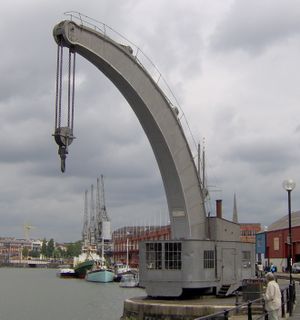William Fairbairn & Sons
William Fairbairn and Sons, was an engineering works in Manchester, England.

William Fairbairn opened an iron foundry in 1816 and was joned the following year by a Mr. Lillie, and the firm became known as Fairburn and Lillie Engine Makers, producing iron steam boats.
The name changed to that shown above when Mr. Lillie left and, in 1839, the company's attention turned to railway locomotives.
Their first designs were of the four-wheeled "Bury" type, built for the Manchester and Leeds Railway. Generally they built to the design of the customer or similar to those being produced by Edward Bury and Company and Sharp, Roberts and Company.
In all they produced over sixty-nine locomotives for the M&LR, their main customer, but they also built for the Little North Western Railway and for lines in Ireland. Their production was mainly lightweight 0-4-0, then 2-2-2, 2-4-0 and 0-4-2 engines typical of the day.
However they later built some larger engines to the design of J.E.McConnell for the Southern Division of the London and North Western Railway. In 1862 they built some 2-2-2 locomotives to the design of the Great Eastern Railway.
The Midland Railway and the West Midland Railway bought a number of 0-6-0 and in 1861, the Furness Railway bought two 0-4-0s. The locomotive building part of the business was sold to Sharp Stewart and Company in 1863.
Reference
- Lowe, J.W., (1989) British Steam Locomotive Builders, Guild Publishing
